When you think of a zoo, you probably imagine a safe haven where exotic animals are cared for and displayed in carefully controlled environments. While that’s mostly true, sometimes these creatures remind us that they’re not so different from their wild counterparts. Let’s look at 12 terrifying instances when zoo animals went rogue, leaving both visitors and staff in shock. These stories are not just a series of unfortunate events but serve as a reminder of the unpredictable nature of animals, no matter how domesticated they appear. Here are the shocking tales that make you think twice about that next zoo visit.
1. The San Francisco Tiger Incident
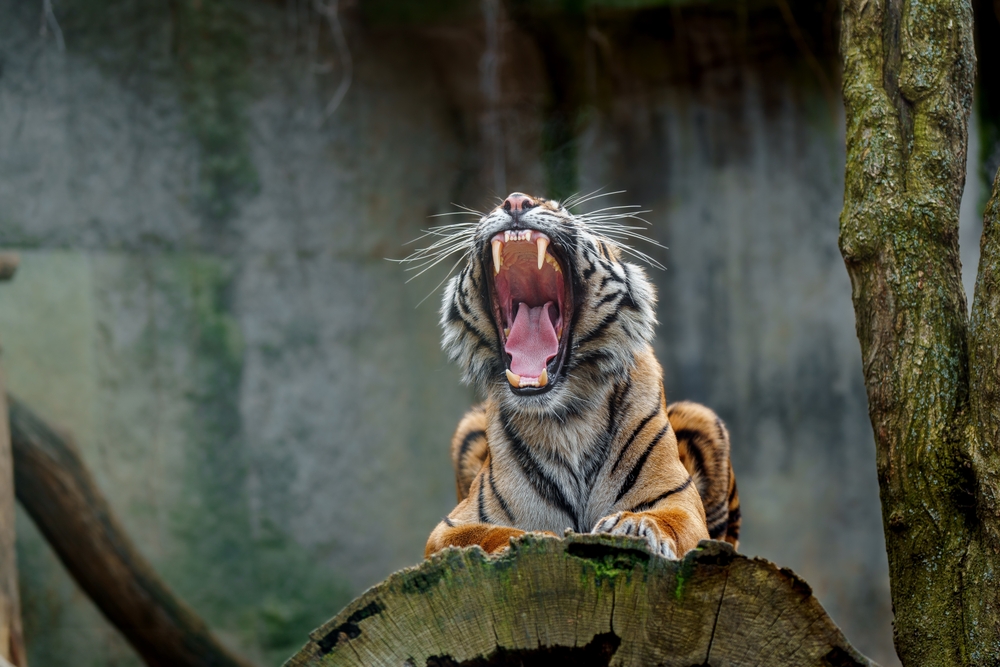
In 2007, on Christmas Day, a Siberian tiger named Tatiana escaped from her enclosure at the San Francisco Zoo. The tiger managed to leap over a wall that was lower than modern standards require, ultimately attacking three visitors. Tragically, one young man lost his life while two others were seriously injured. This incident shook the community and raised questions about zoo safety standards. According to a report by the U.S. Department of Agriculture, the zoo was later found to have multiple safety violations that contributed to this disaster.
The aftermath saw changes in how zoos across the country evaluated their safety measures. Walls were made higher, and protocols became stricter. This was a wake-up call, not just for the San Francisco Zoo, but for others globally. Zoos began to implement more stringent measures to ensure such incidents do not occur again. The tragedy served as a harsh reminder that in the realm of wild animals, complacency can have dire consequences.
2. The Berlin Zoo Polar Bear Attack

In 2009, a visitor at the Berlin Zoo learned the hard way that bears are not to be trifled with. The woman jumped into the polar bear enclosure, reportedly trying to swim with the bears during feeding time. Unsurprisingly, she was attacked by four bears and sustained serious injuries before being rescued by zoo staff. The incident was filmed and widely shared, drawing public attention and criticism. Many questioned the security measures in place, although the zoo was found to have complied with safety regulations.
This incident highlighted that human behavior can sometimes trigger these terrifying events. The woman’s actions were reckless, but provided an opportunity to reassess visitor guidelines and barriers. Following this incident, the zoo reviewed its safety protocols and educated visitors about the dangers of getting too close to enclosures. The story served as a perfect example of why guests need to respect the boundaries set by zoos. Animals, after all, are not performers; they are living beings with instincts that can be unpredictable.
3. The Bronx Zoo Tiger Attack
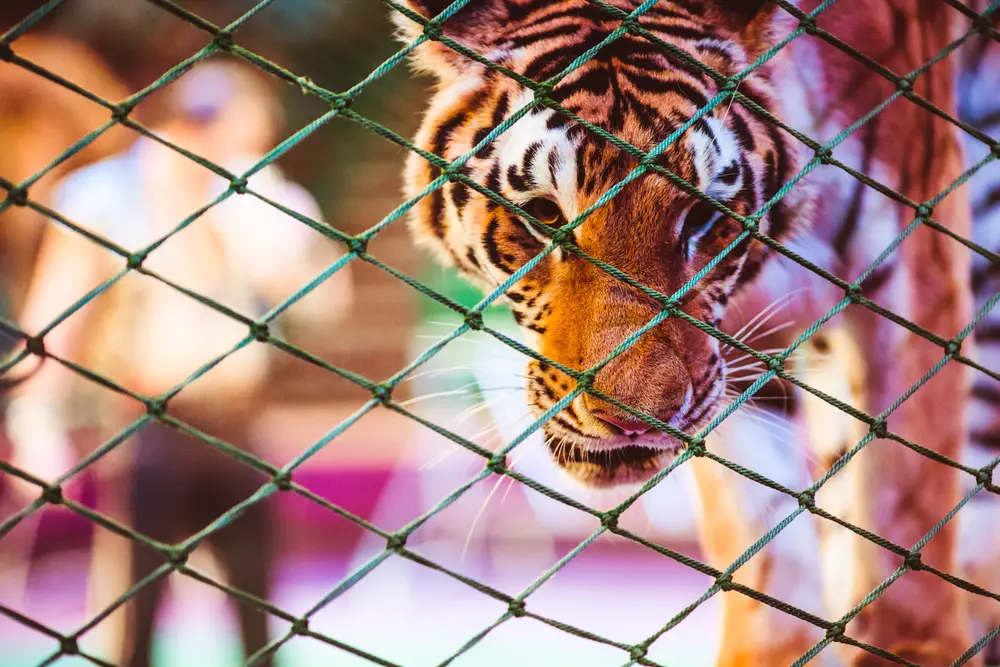
A peculiar incident occurred at the Bronx Zoo in 2012 when a visitor jumped off a monorail into the tiger enclosure. The man allegedly wanted to “be one with the tiger” but quickly realized his mistake when the tiger attacked him. Fortunately, he survived, but not without sustaining serious injuries that required medical attention. The incident drew attention to the importance of mental health awareness and the role it can play in seemingly irrational actions. According to animal behaviorist Dr. Jane Goodall, such incidents often result from misunderstandings of animal behavior and can be prevented through better education.
The zoo reviewed its safety measures post-incident to ensure the barriers were adequate to prevent similar occurrences. This wasn’t just about physical barriers but also about psychological ones that could deter people from making reckless decisions. The man’s actions were unpredictable, and it seemed no amount of precaution could have foreseen the event. Still, zoos tried to find ways to make such irrational leaps of faith less tempting. The story was another reminder that while zoos are places for education and conservation, they are not foolproof against human error.
4. The Santiago Zoo Lion Tragedy
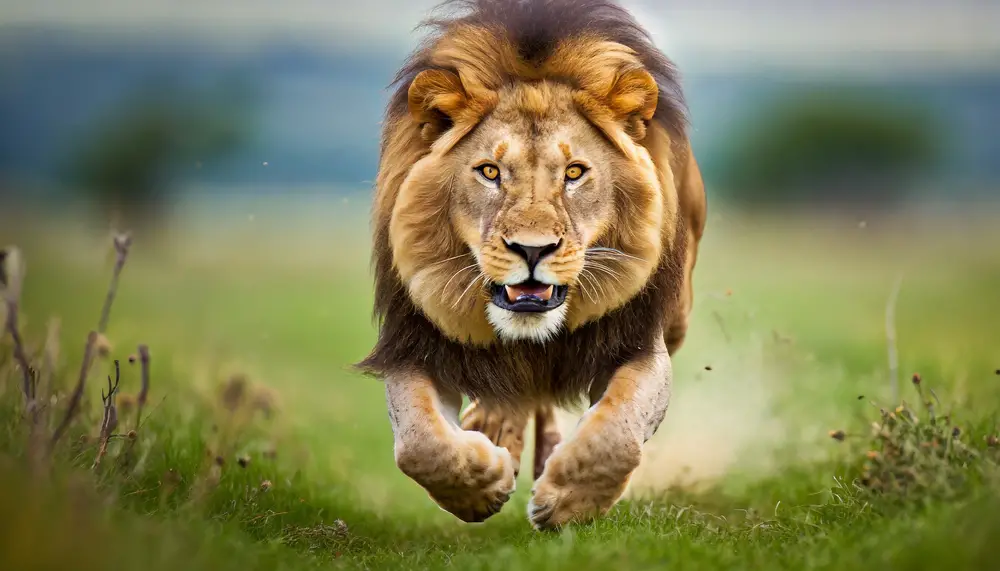
A tragic event occurred at Santiago Zoo in Chile in 2016 when a man stripped naked and jumped into a lion enclosure. The two lions attacked him, leading to a devastating decision by zoo staff to shoot the animals to save the man. The man survived but was severely injured, and the loss of the lions sparked public outrage. Many questioned the zoo’s decision-making process, especially regarding lethal force against the animals. This incident led to debates about mental health support and the ethical responsibilities of zoos.
Following the incident, Santiago Zoo implemented more robust security measures, including higher fences and better surveillance. They also initiated public discussions about mental health, emphasizing the need for better support systems. The actions of this one man brought into focus the vulnerabilities that exist even in controlled environments. A comprehensive review of safety protocols aimed to prevent both human and animal tragedies. Public discourse around this event highlighted the complexity of managing both animal welfare and human safety.
5. The Barcelona Zoo Gorilla Escape

In 1994, a lowland gorilla named Snowflake managed to escape from his enclosure at the Barcelona Zoo. The renowned albino gorilla ambled into a public area, leading to a tense standoff. While no one was harmed, the potential for injury was significant, and zoo personnel had to carefully coax him back into his habitat. The incident prompted zoo officials to examine the security of their enclosures. Dr. Francine Patterson, an expert in primate behavior, noted that gorillas are highly intelligent creatures capable of surprising feats of dexterity, underscoring the need for constant vigilance.
The zoo took this as an opportunity to rethink its approach to housing such intelligent animals. New protocols were put in place to ensure that both the physical and psychological needs of the gorillas were met. The escape raised questions not only about physical security but also about understanding the mental stimulation needs of these animals. The incident was a turning point that led to improved habitats and more engaging environments for the gorillas. It served as a lesson that ensuring animal welfare can also enhance human safety.
6. The Miami Zoo Rhino Rampage
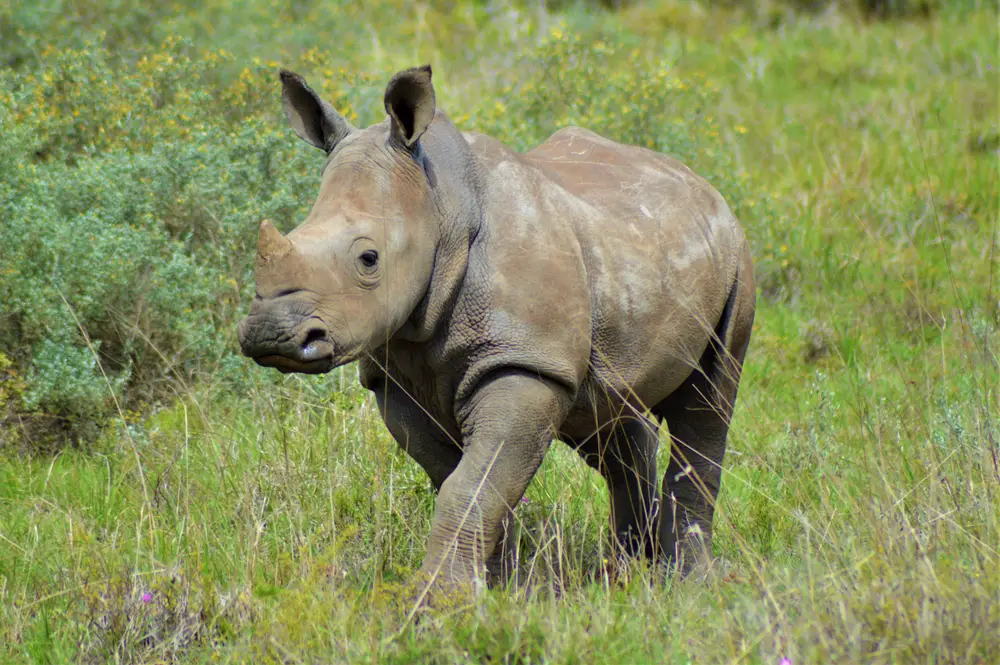
A surprising event unfolded at the Miami Zoo in 2018 when a rhinoceros named Spike broke free from his enclosure. This large and powerful creature caused panic among visitors and staff as he wandered around the zoo. Fortunately, Spike was contained before harm could come to anyone, but the sheer magnitude of the situation was intimidating. The zoo conducted a thorough investigation into how such a breach could happen. They found that a faulty lock had allowed the rhino to escape, prompting immediate upgrades to their enclosure security systems.
In the aftermath, the zoo took the opportunity to reevaluate all enclosures for potential vulnerabilities. Staff were retrained to handle unexpected situations, with particular emphasis on larger animals. The incident highlighted the need for constant maintenance checks and the importance of having a robust emergency response plan. This event was a learning experience for the Miami Zoo, encouraging them to improve their safety measures across the board. It served as a reminder that even well-maintained facilities can benefit from regular scrutiny and updates.
7. The Pittsburgh Zoo African Dog Attack
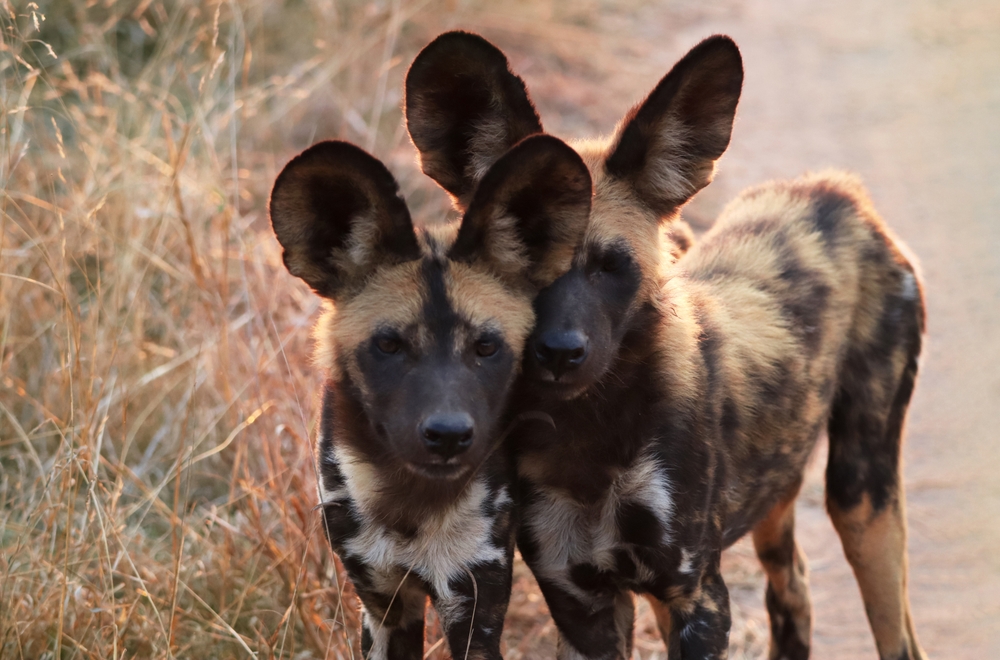
A heart-wrenching event occurred at the Pittsburgh Zoo in 2012 when a young boy fell into a painted dog exhibit. Tragically, the boy was attacked and killed by the dogs before staff could intervene. The tragedy led to an investigation into the zoo’s safety protocols and the design of the enclosure. Experts like Dr. David Hancocks, who has written extensively on zoo design, pointed out that exhibits need to balance visibility for visitors with safety for both guests and animals. This highlighted the ongoing challenge zoos face in creating engaging yet secure environments.
The zoo took immediate action to reevaluate and redesign its exhibits, focusing on enhanced barriers and safety measures. This incident served as a wake-up call for zoos worldwide to reassess the balance between accessibility and safety. The changes implemented were aimed at preventing any future loss of life, ensuring that enclosures were as secure as possible. Public sentiment was divided, with some calling for stricter regulations and others emphasizing the importance of maintaining open, educational experiences. The incident was a sobering reminder of the potential dangers inherent in any animal exhibit.
8. The Los Angeles Zoo Elephant Escape
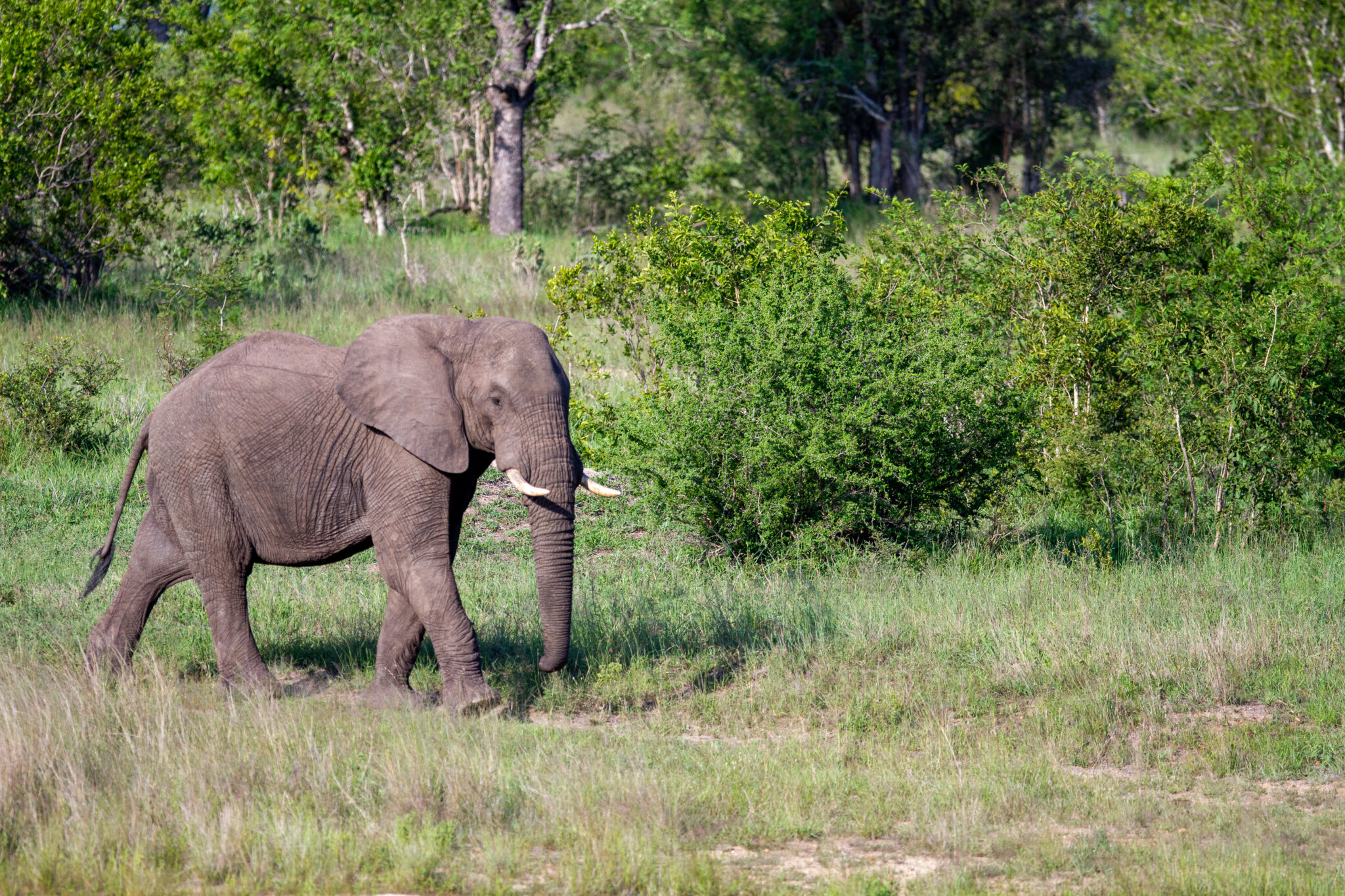
In 2000, an elephant named Billy made headlines when he managed to escape his enclosure at the Los Angeles Zoo. The large pachyderm wandered into a public area, causing panic among visitors and staff. Quick-thinking zookeepers managed to lure Billy back to his enclosure with food before any harm could occur. The escape led to a review of the zoo’s security measures, particularly concerning large animal enclosures. Staff were trained in new protocols to ensure such an incident wouldn’t happen again.
The zoo used this incident as an opportunity to improve its facilities and staff training. They implemented more advanced monitoring systems and reinforced enclosures to withstand the strength of elephants. The escape was a reminder of how powerful these animals are and the potential risks they pose if proper security isn’t maintained. By taking preventive measures, the Los Angeles Zoo aimed to ensure the safety of both its animals and visitors. This incident emphasized the importance of vigilance and preparedness in managing large, potentially dangerous animals.
9. The Copenhagen Zoo Giraffe Incident
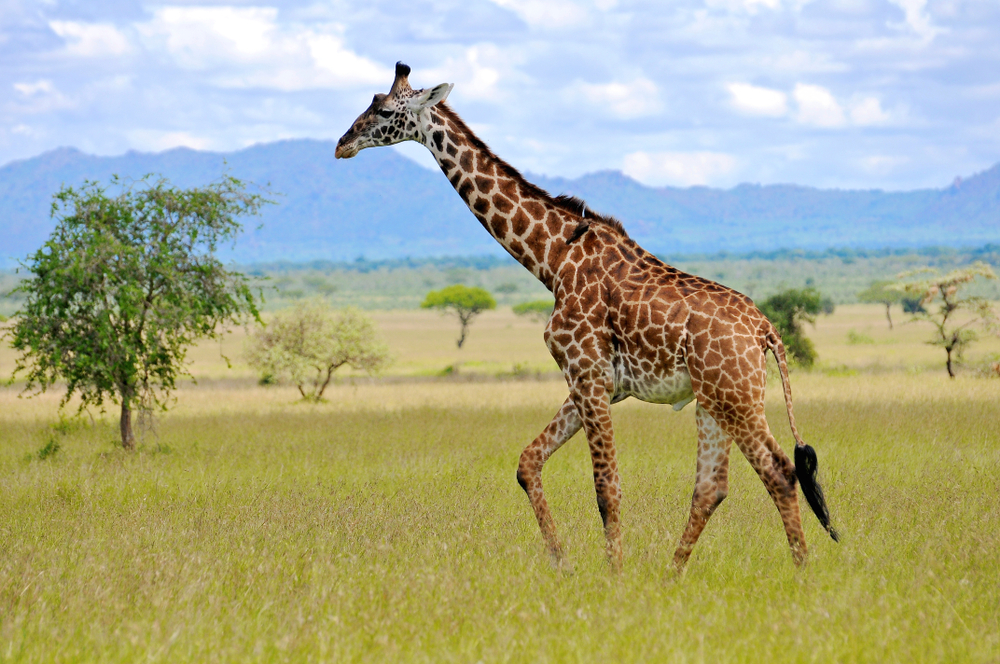
In 2014, a controversial event at the Copenhagen Zoo unfolded when a young giraffe named Marius was euthanized and fed to the lions. While not an escape or attack, the incident drew widespread attention and outrage. Zoo officials defended their decision, citing genetic diversity and the lack of space as primary reasons. This decision sparked a global debate about the ethics of zoo management and animal welfare. The controversy led to discussions on whether zoos should prioritize conservation and education over individual animal lives.
Following the uproar, the zoo revisited its policies on animal management and public transparency. The incident underscored the delicate balance zoos must maintain between their educational missions and ethical responsibilities. While the decision was backed by scientific reasoning, public sentiment was overwhelmingly negative. This event served as a learning moment for the zoological community, pushing for better communication with the public. It highlighted the complexities involved in managing zoo populations and the need for clear, ethical guidelines.
10. The London Zoo’s Gorilla Rebellion
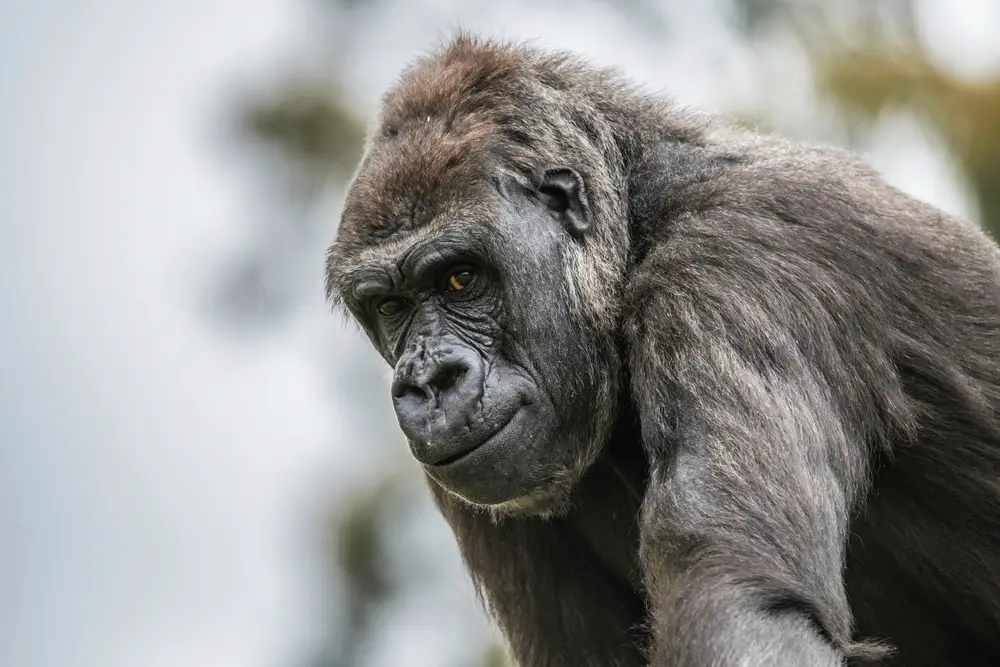
In 2016, a western lowland gorilla named Kumbuka created a stir when he escaped his enclosure at the London Zoo. The gorilla was loose for over an hour, causing the zoo to go into lockdown. Fortunately, Kumbuka was recaptured without any injuries to him or the public. The incident raised questions about the security measures in place for large, intelligent animals. The zoo conducted a thorough investigation, leading to improvements in their enclosure designs and security protocols.
The escape prompted the zoo to enhance its monitoring systems and staff training. They focused on understanding the behavior of gorillas to anticipate potential escape attempts. This incident highlighted the need for continuous evaluation and improvement of zoo facilities. It served as a reminder of the intelligence and strength of gorillas, emphasizing the importance of creating secure environments. The London Zoo used the experience to make significant upgrades, ensuring the safety of both their animals and visitors.
11. The Dallas Zoo’s Baboon Breakout
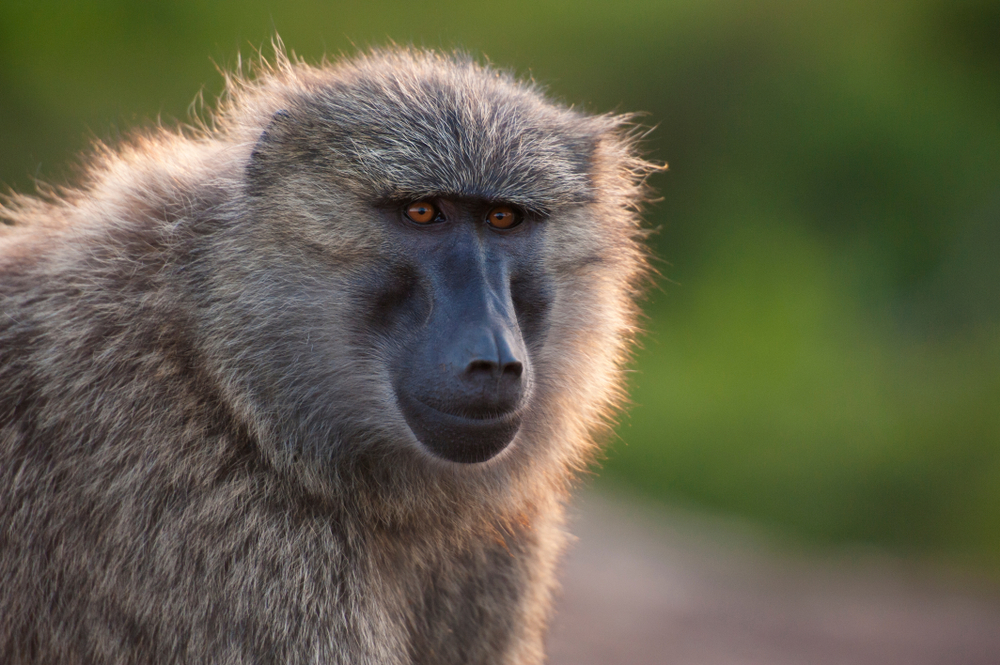
In 2018, a group of baboons managed to escape from their enclosure at the Dallas Zoo. The incident occurred during routine maintenance, and the baboons took the opportunity to explore their surroundings. The zoo promptly went into lockdown, and the baboons were safely returned to their habitat without incident. This unexpected breakout led to a review of the zoo’s enclosure security and maintenance practices. The Dallas Zoo took swift action to prevent similar occurrences in the future.
The zoo learned valuable lessons from the baboon escape, leading to improved procedures and staff training. They strengthened their enclosures and implemented better surveillance systems to monitor animal movements. This incident underscored the importance of regular maintenance checks and the need for robust security measures. By addressing these vulnerabilities, the Dallas Zoo aimed to enhance the safety of both animals and visitors. The baboon breakout served as a reminder that even small oversights can lead to significant challenges.
12. The Toronto Zoo’s Panda Fence Failure

In 2017, an unexpected event unfolded at the Toronto Zoo when a fence failure allowed a giant panda to roam outside its designated area. The panda, named Er Shun, was quickly noticed by zookeepers and returned to her enclosure without incident. The zoo conducted a thorough investigation to determine how the breach occurred. They found that the failure was due to a combination of weather-related damage and inadequate maintenance. The incident led to a comprehensive review of the zoo’s infrastructure and safety protocols.
Following the panda escape, the Toronto Zoo implemented rigorous inspection and maintenance schedules. They strengthened their enclosures and improved staff training to prevent future incidents. The event highlighted the importance of proactive maintenance and the need for robust infrastructure in zoos. By addressing these issues, the zoo aimed to ensure the safety of both their animals and visitors. The panda escape served as a reminder that even seemingly minor issues can have significant consequences if not addressed promptly.
